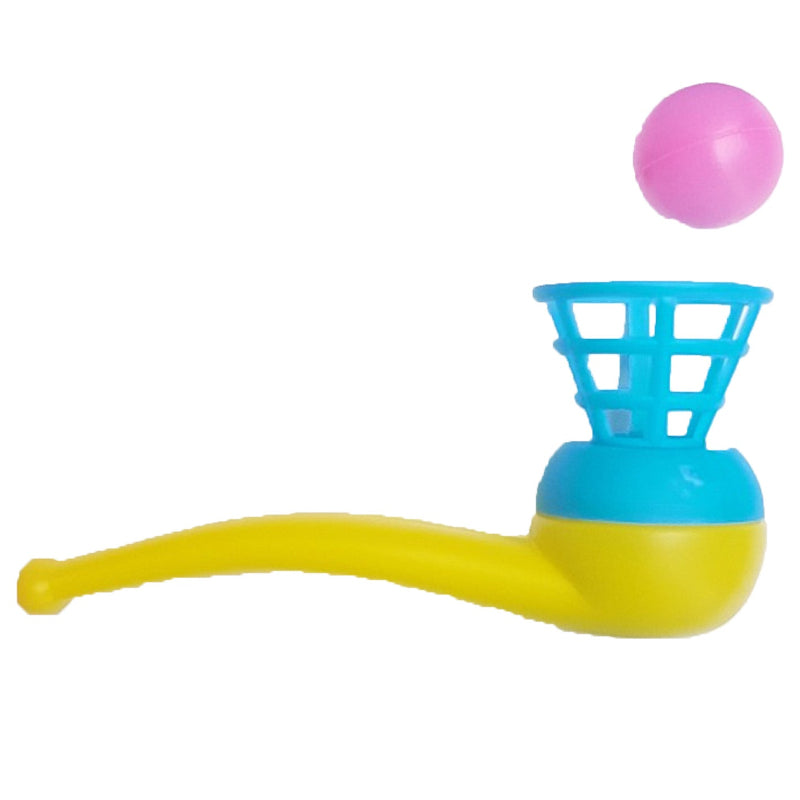Classroom fidget box needs introduction!
Author: Tanja Damhof
Webshop owner and mother
Do you recognize this...? Drawing or playing with a pen during a phone call, fiddling with your hair while waiting for the bus or picking at a thread on your sweater... 
Why do we do that?
You actually do this to ensure that you can remain sufficiently alert; you are regulating your own stimuli.
Children do it too
You also see this behavior in a classroom. For example, in a circle or when they are finished and have to wait.
When it becomes annoying to others – it becomes a problem
So, how do you ensure that this self-regulatory behavior runs smoothly and is not disruptive to others?

INTRODUCE A FITTINGS BOX but...
…First explain:
- Explain the senses (sensors): not only the 5 known ones (hearing, seeing, feeling, tasting and smelling) but also balance and feeling in your body (proprioceptive). The last two are the sensory systems that are important for movement. Let the students experience what these sensory systems do and how you process sensory information.
- Let the students discover their own sensory preferences. By experiencing it together, the students will discover that everyone has different preferences. These are very personal. Explain, as long as preferences and aversions do not hinder you in your daily life; these are very normal.
- Make a sensory materials list. Once you have figured out together with the students what preferences everyone has and what could be helpful, make a list. On this list are, materials, strategies that together can form the sensory and fidget box. Examples that could be in the box: fidgets, cd or website with movement games or songs, dances. A quiet place in the classroom. Headphones with quiet music or white noise. Cushions. Cards with yoga exercises, beanbag or rocking chair. Weighted cushion or blanket or cuddly toys. Clipboards, so that you can also work in other places than at your table.
- Encourage children who want to do this to make their own craft . This is not only a lot of fun, but also makes children co-responsible. Organize all materials in a place with the class, where everyone can reach them.
- Make clear agreements about the use of sensory materials and strategies. Make a clear distinction, these materials are not toys, but aids. Also make a distinction between materials that may be used during lesson activities and which materials/activities may be used during breaks or relaxation moments. Make agreements about what you have to ask for, or may take independently. The box is for everyone, so we are all responsible! Evaluate with the class, every now and then how the use is going and adjust the agreements if necessary.
This blog post was created in collaboration and based on an idea by Shirin Öfner and inspired by this American blog post:
Fidget material or also called fidgets are for sale in the webshop of Toys42hands and can be put together individually, depending on what is already present in the classroom and for which group of children it is, in addition to their ideas. If you need help with putting it together, please contact me, I am happy to think along.














































Leave a comment